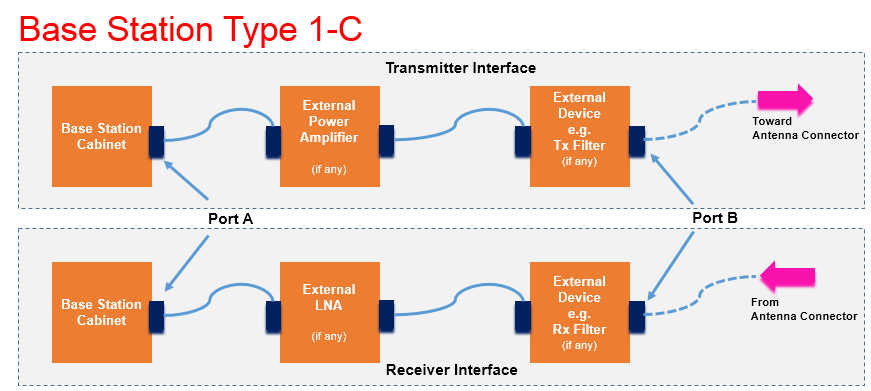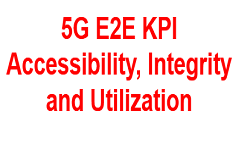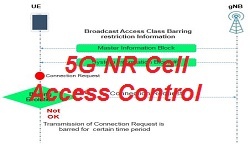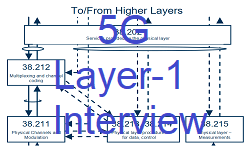5G NR Base Station Types
Introduction to 3GPP Base Station
As per 3GPP specification TS 38.104, the NR Base Station can be classified in following categories considering conducting (cabled) and radiating (OTA) requirement reference points:
-
- Base Station type 1-C
- Base Station type 1-H
- Base Station type 1-O and Base Station type 2-O
These requirements are specified for radio conformance or verification of radio transceivers.
Base Station Type 1-C
BS type 1-C requirements are applied at the BS antenna connector (port A) for a single transmitter or receiver with a full complement of transceivers for the configuration in normal operating conditions. If any external element such as an amplifier, a filter or the combination of such devices is used, requirements apply at the far end antenna connector (port B).

Base Station Type 1-H
BS type 1-H requirements are defined for two points of reference, signified by radiated requirements and conducted
requirements.
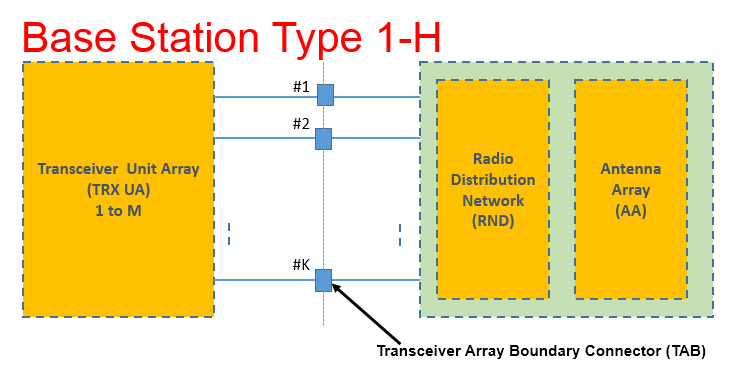
Radiated characteristics are defined over the air (OTA), where the operating band specific radiated interface is referred to as the Radiated Interface Boundary (RIB). Radiated requirements are also referred to as OTA requirements. The (spatial) characteristics in which the OTA requirements apply are detailed for each requirement. Conducted characteristics are defined at individual or groups of TAB connectors at the transceiver array boundary, which is the conducted interface between the transceiver unit array and the composite antenna.
The transceiver unit array is part of the composite transceiver functionality generating modulated transmit signal structures and performing receiver combining and demodulation. The transceiver unit array contains an implementation specific number of transmitter units and an implementation specific number of receiver units. Transmitter units and receiver units may be combined into transceiver units. The transmitter/receiver units have the ability to transmit/receive parallel independent modulated symbol streams.
The composite antenna contains a radio distribution network (RDN) and an antenna array. The RDN is a linear passive network which distributes the RF power generated by the transceiver unit array to the antenna array, and/or distributes the radio signals collected by the antenna array to the transceiver unit array, in an implementation specific way.
Base Station Type 1-O and Base Station Type 2-O
For BS type 1-O and BS type 2-O, the radiated characteristics are defined over the air (OTA), where the operating band specific radiated interface is referred to as the Radiated Interface Boundary (RIB). Radiated requirements are also referred to as OTA requirements. The (spatial) characteristics in which the OTA requirements apply are detailed for each requirement.
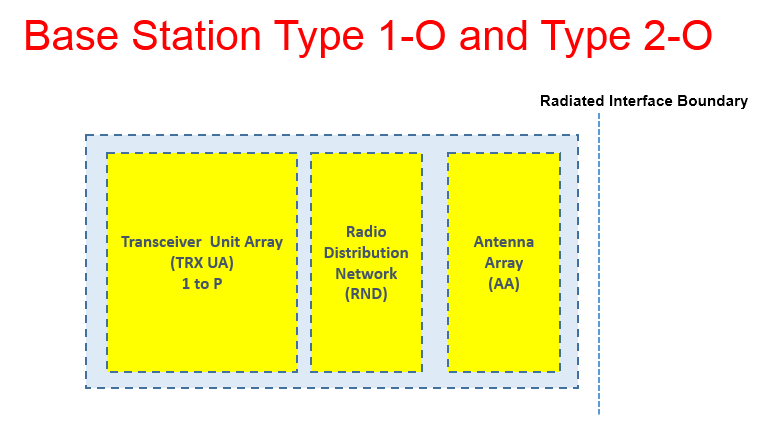
Co-location requirements are specified at the conducted interface of the co-location reference antenna, the co-location reference antenna does not form part of the BS under test but is a means to provide OTA power levels which are representative of a co-located system.
For a BS type 1-O the transceiver unit array must contain at least 8 transmitter units and at least 8 receiver units. Transmitter units and receiver units may be combined into transceiver units. The transmitter/receiver units have the
ability to transmit/receive parallel independent modulated symbol streams.
Related Post
- 5G New Radio (NR)
- 5G NR Total Transmit Power | Maximum Cell Transmit Power | Reference Signal Power
- 5G NR Base Station Types
- 5G NR Base Stations Classes
- 5G NR Transmitter Signal Quality Frequency Error
- 5G NR Transmitter Signal Quality Time Alignment Error
- 5G Technology Requirements

